The Episcia plant is a member of the Gesneriaceae family. It is quite popular among flower growers and is widely cultivated by them. This genus unites about 40 species. In nature, they can be found in Central and South America. When growing such a flower by inexperienced growers, they should not have any difficulties, because it is distinguished by its undemanding care and unpretentiousness.
As a rule, the episode is grown as an ornamental deciduous plant, but its flowers, like the leaves, are quite beautiful. The bush has a thick creeping underground stem, and it often grows an aerial mustache. There is pubescence on the surface of the stems. Flowers growing in bundles or singly can be colored white or blue, they have a tubular shape with a five-lobed bend. Oval leaf plates can be opposite or singly located. They can be painted in a variety of colors.
Content
Brief description of cultivation
- Bloom... As a rule, flowering begins in June and ends in September.
- Illumination... Needs bright sunlight, but it must be diffused.
- Temperature regime... Episode grows best at temperatures between 20 and 24 degrees, but the room should not be colder than 18 degrees.
- Watering... During the growing season, the bush is watered abundantly through the pallet. In winter, watering can be done after the potted soil dries to a quarter of the height.
- Air humidity... It should be increased, while moistening the flower from the sprayer is prohibited. It is recommended to pour expanded clay into the pallet and pour in a little water. A terrarium is also suitable for growing crops.
- Fertilizer... During the period of intensive growth, the flower is fed regularly twice a month, for this, a solution of mineral fertilizer or organic matter of weak concentration is used, while taking half the dosage of that recommended by the manufacturer on the package.
- Dormant period... Not pronounced. The flower grows and develops normally throughout the year, being in the same conditions.
- Pruning... It is carried out when the bush fades.
- Transfer... Every year in the spring.
- Soil mixture... It should be neutral or slightly acidic.To prepare it, it is necessary to combine peat and leafy soil, and also sand in a 1: 2: 1 ratio. A little sphagnum and charcoal are added to the finished substrate.
- Reproduction... Cuttings and seeds.
- Harmful insects... Aphids, scale insects, whiteflies, thrips and mealybugs.
- Diseases... If the plant is improperly taken care of or if it is not provided with optimal conditions for growth, then it will not bloom, and its foliage may also lose its decorative effect.
Episode care at home
Illumination
Since the episode needs a bright, but diffused light, it is recommended to grow it on an east or west window sill. On the northern windowsill, it can also be grown quite successfully. If there is only free space on the south window, then the flower will have to be shaded with a cloth or paper, or you can put it in the back of the room away from direct sunlight. In winter, the flower must have enough light.
Temperature regime
Throughout the year, make sure that the room where the culture is located is not colder than 18 degrees. Best of all, it grows and develops at an air temperature of 20 to 24 degrees. In autumn and winter, do not expose the flower to cold drafts.
Watering
When watering, avoid getting liquid on the surface of the leaf plates. The most convenient way to water the episode is through the pallet. Water should be used well-settled and soft, it should be at room temperature. In winter, watering should be moderate, it is carried out 2 days after the top layer of the substrate dries out. In the spring-autumn period, the bush is watered abundantly and immediately after the surface of the soil mixture in the pot dries. It is imperative to water the plant correctly, as it can be significantly damaged by both stagnation of liquid in the substrate and drying out of the earthy coma.
Air humidity
Such a flower grows well and develops in small greenhouses or in terrariums, because it needs high humidity. It is impossible to moisten the foliage from the spray bottle, since there is pubescence on its surface, and if water gets on it, this can lead to rot. In this regard, in order to increase the air humidity, it is recommended to pour moistened expanded clay into the pallet, and put a pot with an episode on it. At the same time, make sure that the bottom of the container does not come into contact with the liquid under any circumstances.
Fertilizer
During the period of intensive growth, feeding is carried out regularly, or rather, twice a month. To do this, you can use both organic matter and mineral fertilizers in half the dosage of that recommended by the manufacturer on the package. For example, if ¼ is indicated there, then you need to dilute the fertilizer to 1/8.
Pruning
Indoors, the episode grows very quickly. If you want the bush to be lush and compact, then when it fades, you need to shorten it. Daughter rosettes from cut shoots are planted next to the mother bush in the same container.
Ampel varieties are characterized by very fast growth, they spread strongly and can take root in neighboring flower pots. In order to avoid this, the container with the flower is suspended in such a way that its stems cannot reach the neighboring pots.
Episode transplant
It is necessary to transplant the bush systematically once a year in the spring. For transplant, choose low but wide pots. The substrate should be slightly acidic (pH 5.5–6.5) or neutral, it should include river sand, leaf and peat soil (1: 2: 1). It is recommended to add a little moss and charcoal to the finished substrate. There must be large holes at the bottom of the planting container, which are necessary for good drainage.
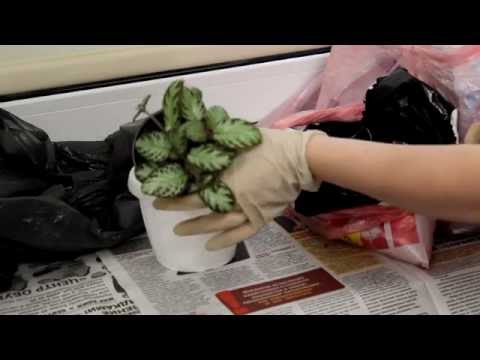

Watch this video on YouTube
Reproduction of the episode
The episode can be propagated by the generative (seed) method and by cuttings. This procedure is carried out in the spring.The easiest way to propagate a flower is by rooting its lateral stems. The end of the developed stem without lateral processes is placed in a glass of water to a depth of not more than 40 mm. You can not cut off the daughter outlet, but put another pot with a moistened substrate next to the flower and dig it in the place where it bends, while deepening it only a few centimeters. Stem cutting will take root in about 7 days. For rooting to be successful, the temperature of the substrate should be about 25 degrees, while do not allow it to cool too much (up to 18 degrees and below). Transplanting by the method of transshipment of young bushes is carried out regularly 1 time in 4 weeks, while each time they take a new pot, which is 20 mm wider than the old one. An adult shrub is grown in a pot, no more than 20-22 centimeters across.
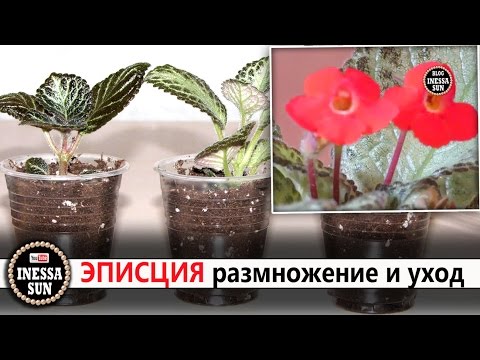

Watch this video on YouTube
Possible problems
Brown spots appeared on foliage... The appearance of brown spots on the leaf plates is due to the fact that the episode was poured with cold water. For watering, it is imperative to use well-settled water at room temperature.
Yellow foliage... The foliage turns yellow when the soil contains a lot of nutrients. Another reason for this may be a very high air temperature, excessively low humidity, or direct sunlight falling on the leaves.
Gray bloom on the leaves... If the substrate in the pot is very old, and it has begun to turn sour, or due to insufficient ventilation of the room, the plant can be affected by a fungal disease, due to which a grayish bloom forms on the surface of flowers and leaf plates.
Episode does not bloomFlowering is not observed if the bush is watered incorrectly. The potted soil should not be allowed to dry out frequently. Also, flowering will be absent if there is a lack of nutrients or if there is an excess of nitrogen in the substrate, as well as due to poor lighting, excessively low humidity and if the room is too cold. If the episode is not properly looked after during the dormant period, then flowers may not appear on it either.
Harmful insects
The greatest danger to such a culture is aphid, shield, thrips, mealybug and whitefly.
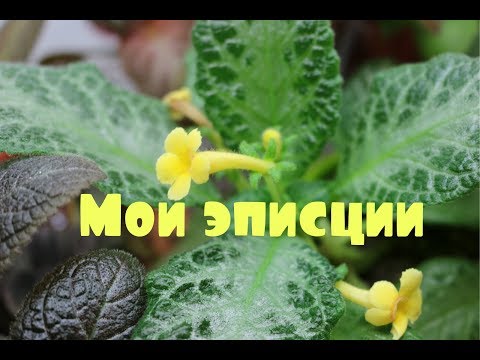

Watch this video on YouTube
Episode varieties with photos and names
Episcia dianthiflora
The homeland of such a perennial is Mexico. Its stems are divided into 2 types: the first are long and thin, darkening over time, they easily take root in the nodes with whiskers and have daughter rosettes, and the second are short with closely spaced leaf plates. Small ovoid leaf plates are 30 mm long and 20 mm wide. On the surface of the dark green foliage, there is a slight pubescence, their central vein is scarlet. The white flowers are fringed at the edges, and in the throat they have spots of purple color.
Episcia cupreata
In nature, the species can be found in the tropical regions of South America at an altitude of about 2 thousand meters above sea level. The size of the bush in such a plant is much larger than that of the previous species. Creeping stems easily give roots in soil mixture. On the surface of the elliptical leaf plate there is a strong pubescence, its length is about 30 centimeters, and its width is up to 8 centimeters. The color of the front surface of the foliage varies from copper to brownish-green with a white stripe on the central vein, the seamy surface is red with a stripe of green. Single flowers are red. The corolla tube is about 25 mm long, its outer surface is red, and the inner one is yellow with red spots. Bloom is observed in July – September.
Episcia reptans
In the wild, this species can be found in the same place as the copper-red episode. It is represented by perennial herbaceous plants. The length of the sheet plates is about 80 mm, and the width is up to 50 mm.On the surface there is a strong pubescence, and at the base they have a heart-shaped shape, their lower surface is red, and the upper one is brownish-green (closer to olive). Single flowers grow from leaf sinuses on red pedicels. The outer surface of the corolla is red and the inner surface is pink. Bloom is observed in July – September. This species is most often cultivated as an ampelous plant.
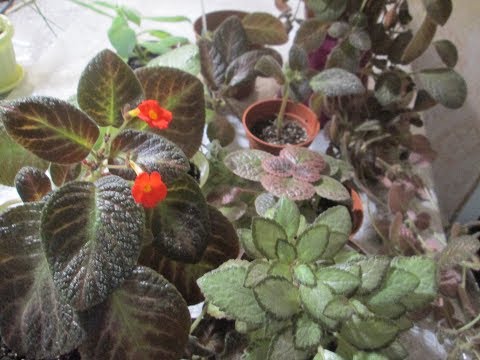

Watch this video on YouTube

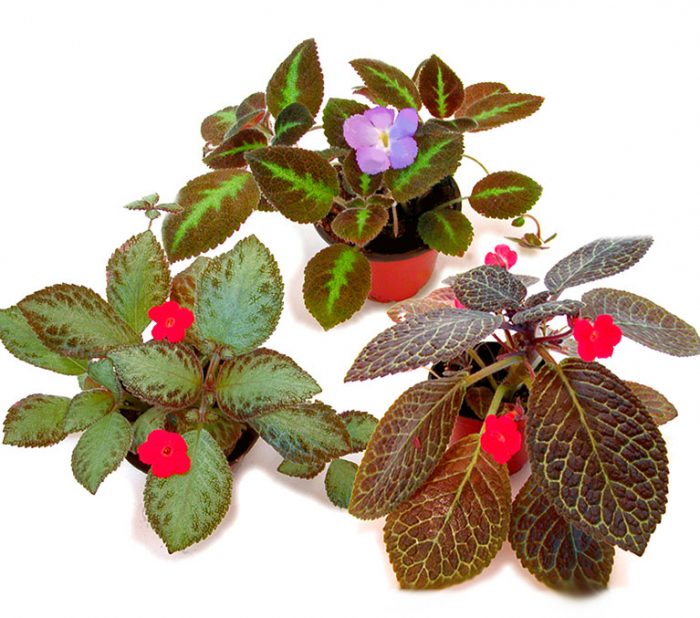
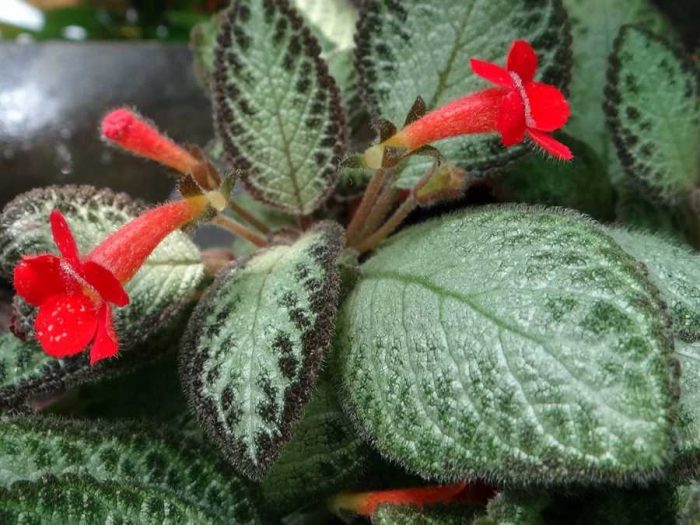
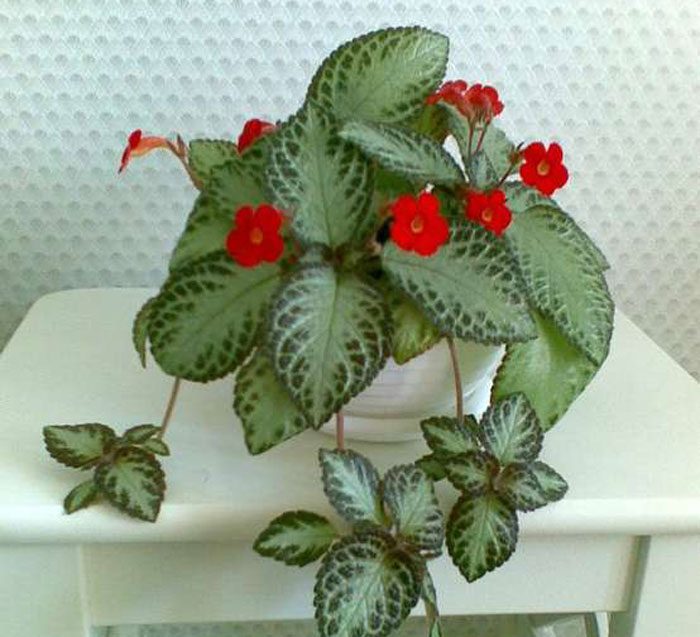
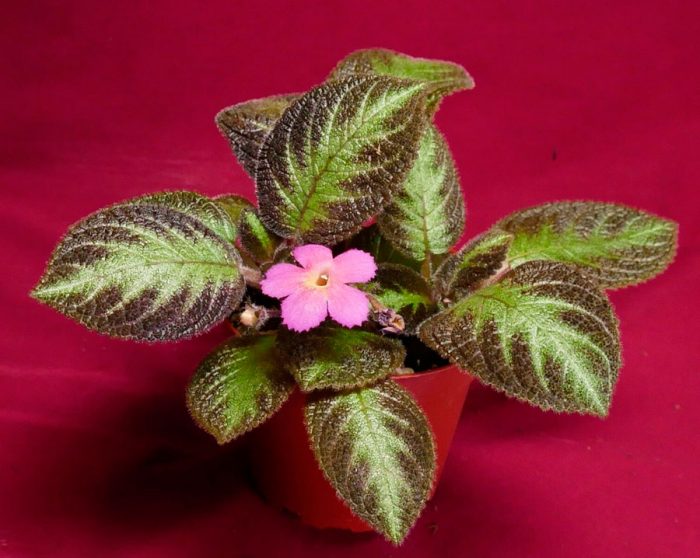
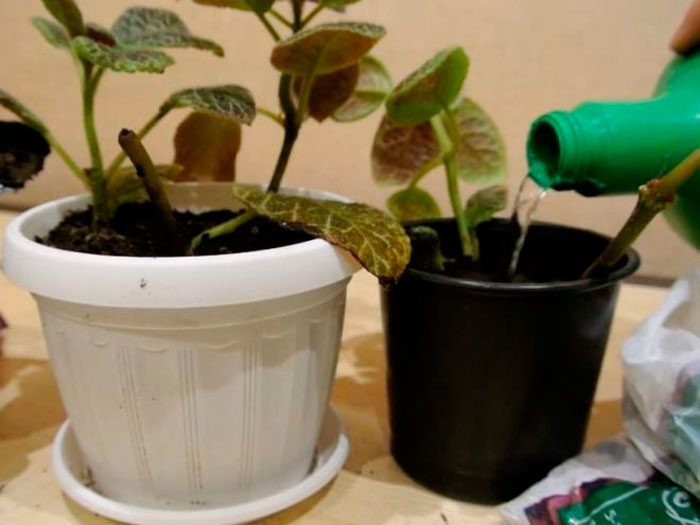
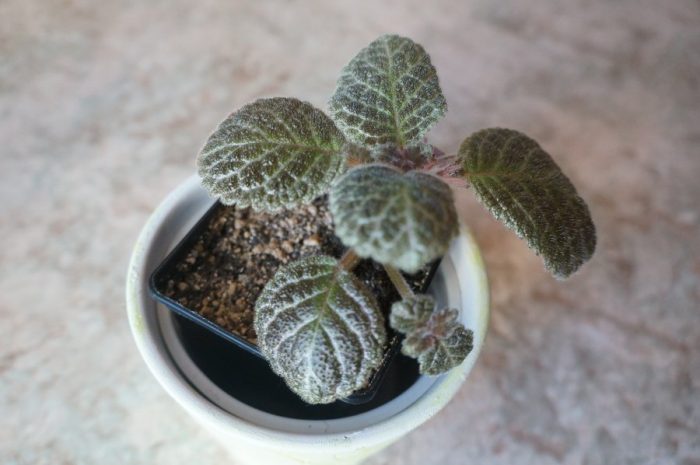

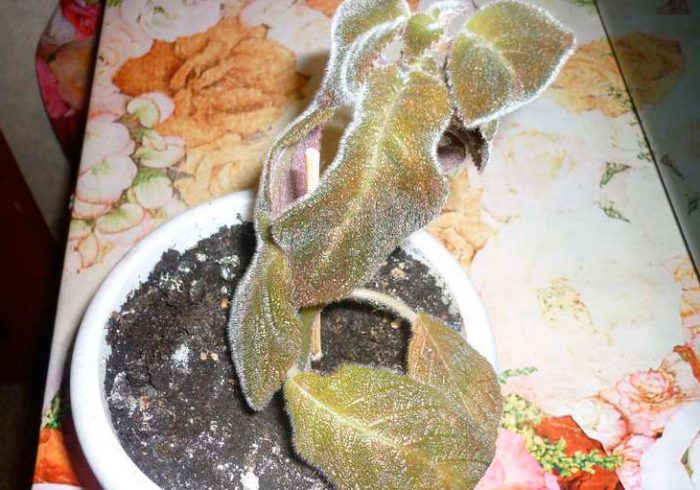
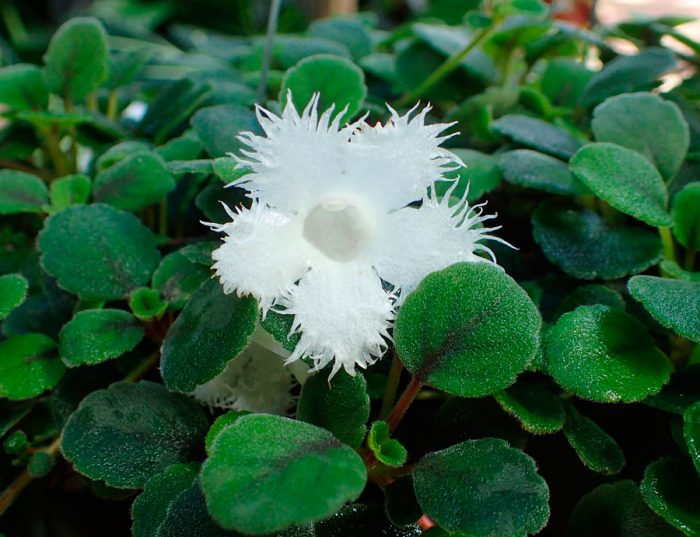
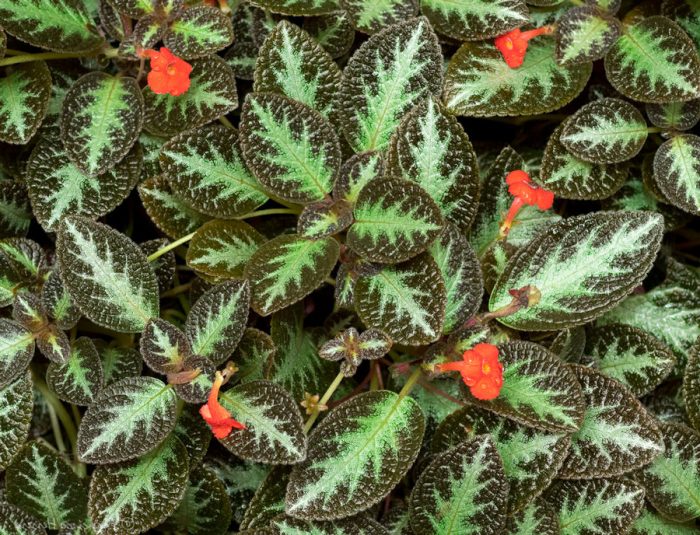
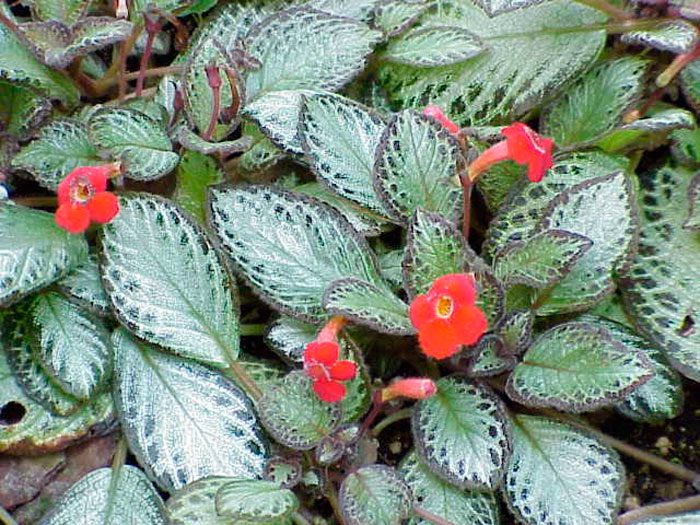
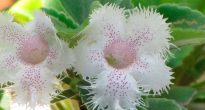


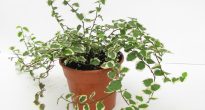
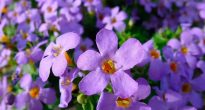
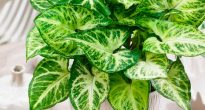


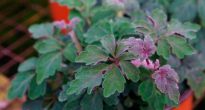

I still did not understand that my episode was missing, but taken by a cuttings from a mother plant at work, the shoot never grew a centimeter in a year, having exhausted my patience, I threw it away
You may have a corny "heavy" hand. For example, I always prefer to take cuttings from other people's plants myself, and not trust someone, because I know that I have a "light" hand and everything sprouts quickly. once they brought me a plucked stalk of a Decembrist. I had to transplant it 4 times, until it finally took root normally.
Also, as an option, poor growth of cuttings gives poor lighting. Yes, and it is better to use the cornet.